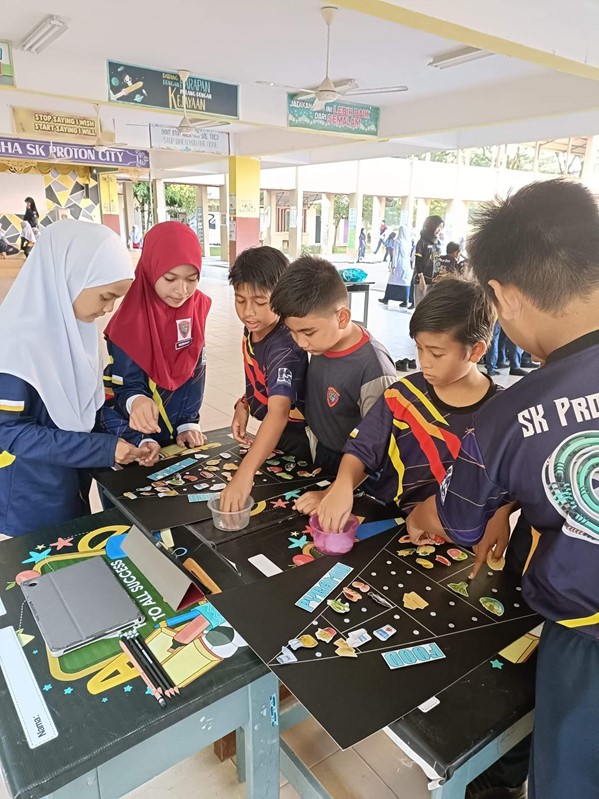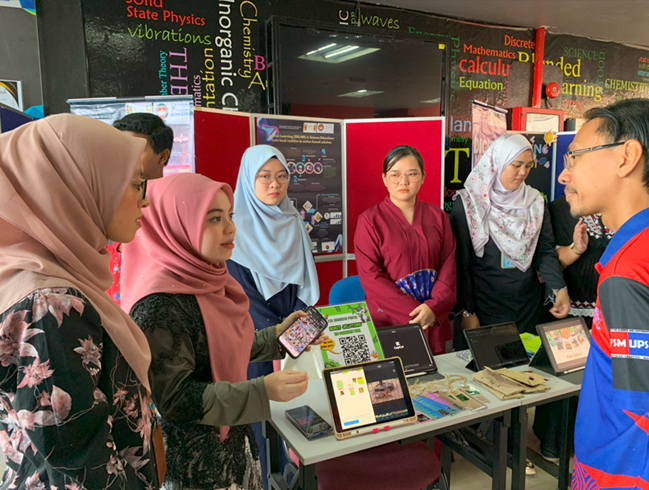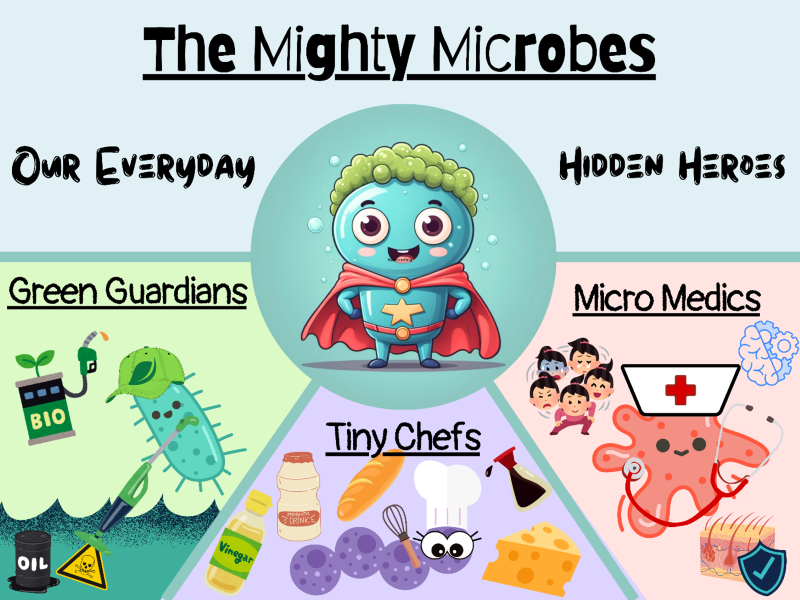While currently, there is enough food produced globally to meet the needs of the entire population, significant challenges related to food security remain, such as disparity in food access, lack of resources, economic downturns, unsuitable climate, and extreme weather events.
Over the next few years, food insecurity is expected to worsen due to the additional combined impacts of climate change and a rapidly growing population. Climate change makes extreme weather worse and affects how well our crops grow.
Intensifying traditional agriculture often relies on deforestation and ecosystem degradation, jeopardising our resources for long-term food security. We need to improve how we grow food to ensure everyone has enough to eat and, at the same time, protect the environment.
The Food and Agriculture Organization (FAO) estimates that by 2050, food production will need to increase by 60% to feed a projected global population of 9.3 billion adequately. Meeting this demand requires innovative approaches in agriculture. One such approach is conservation agriculture, a sustainable production system built on three core principles: minimal soil disturbance, soil cover maintenance, and crop rotation.
The primary goals of conservation agriculture are to improve soil health, increase biodiversity, and promote efficient water use. Also known as no-till farming, this practice involves reducing mechanical soil disruption to preserve soil structure and porosity, enhance organic matter, and reduce erosion while saving fuel, time, and labour resources. Soil surfaces are covered essentially to maintain moisture and prevent erosion. Cover crops (like legumes and grasses) fix nitrogen in the soil, and suppress weeds; crop residues (like mulch) decompose and return organic matter to the soil to improve fertility and structure.
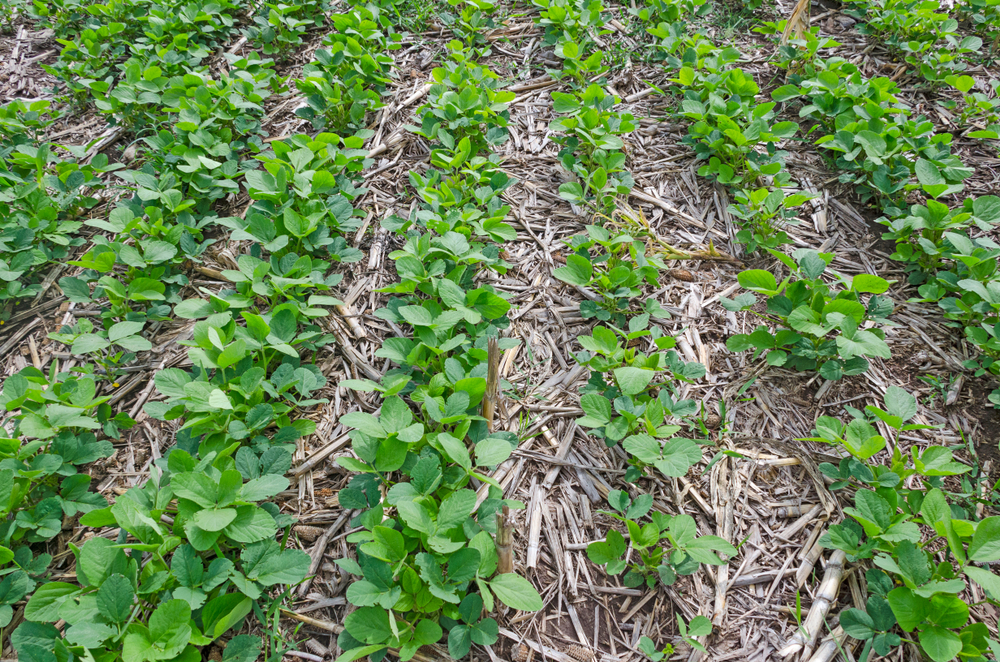
On the other hand, crop rotation involves strategically planting different types of crops in the same field over a sequence of growing seasons. Rotating crops ensures the soil isn’t depleted of specific nutrients by a single crop species. For example, legumes like soybeans fix nitrogen in the soil, enriching it for subsequent crops that require this crucial element.
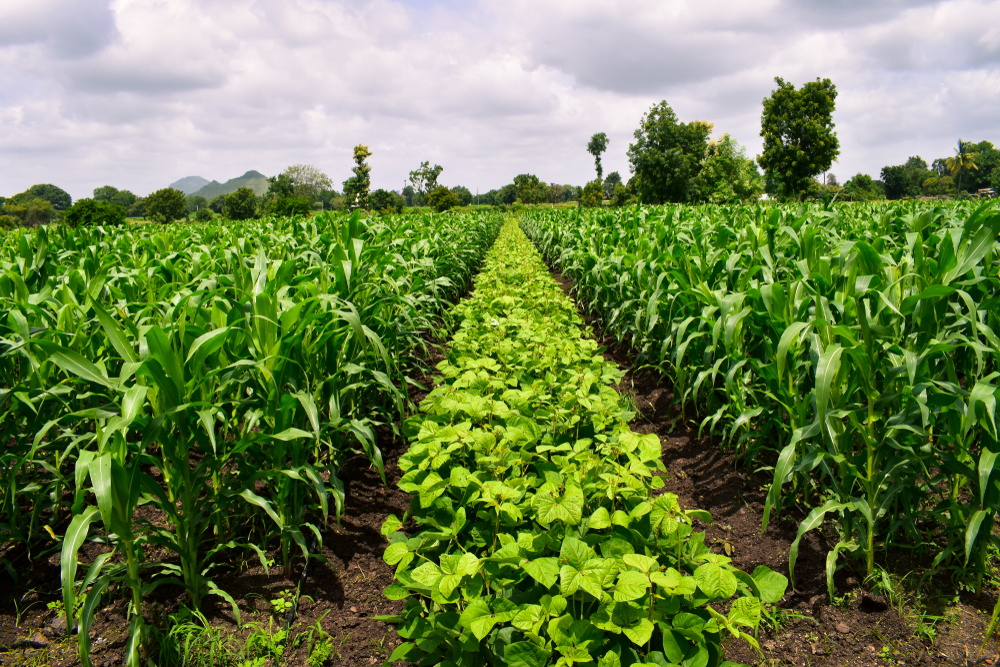
Growing crops such as corn and mung beans ensures the soil isn’t depleted of specific nutrients by a single crop species.
In summary, conservation agriculture helps improve the productivity and resilience of agricultural systems and reduce their environmental impact.
Another method to sustainably intensify agriculture while minimising its impact on the environment is agroforestry. Agroforestry combines trees with crops or animals on the same land, creating benefits for the environment and the economy. For example, planting trees in rows alongside crops can provide shade and protect the soil.
Agroforestry systems can take various forms, such as alley cropping, silvopasture, windbreaks, and forest farming, tailored to local ecological conditions and socioeconomic needs and contribute to various ecosystem services. Alley cropping involves planting rows of trees alongside crops, providing shade and soil protection. At the same time, silvopasture integrates trees, forage, and livestock, improving soil health and animal welfare by providing shade to prevent heat stress. Windbreaks, conversely, consist of trees or shrubs planted along field edges to protect crops from wind damage.
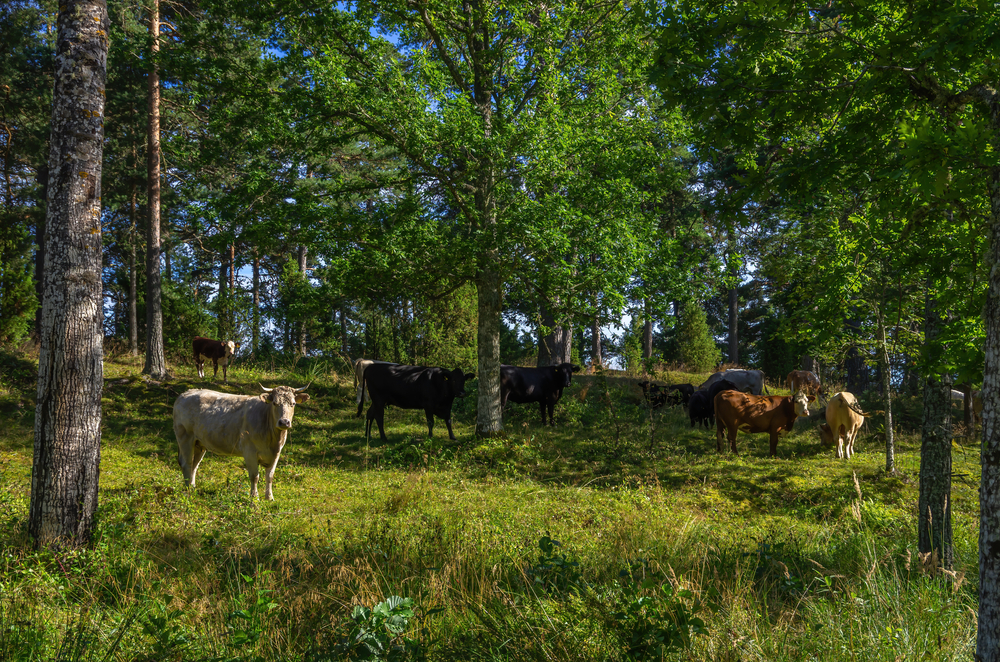
Silvopasture exemplified by grazing cattle in a grove at Lake Vänern, Sweden.
Agroforestry systems have been shown to improve land and water use efficiency, enhance nutrient cycling, maintain soil physicochemical properties, and ensure stable yields compared to conventional monoculture farming. Agroforestry systems have been recognised for helping manage the land sustainably and fighting against climate change.
Integrated farming is a form of farming that mixes different activities like fish farming, raising animals, and silkworm cultivation. It uses smart methods to make the best use of resources, recycle waste, and get the most out of what goes into the farm. This approach helps farmers diversify their income and use everything more efficiently.
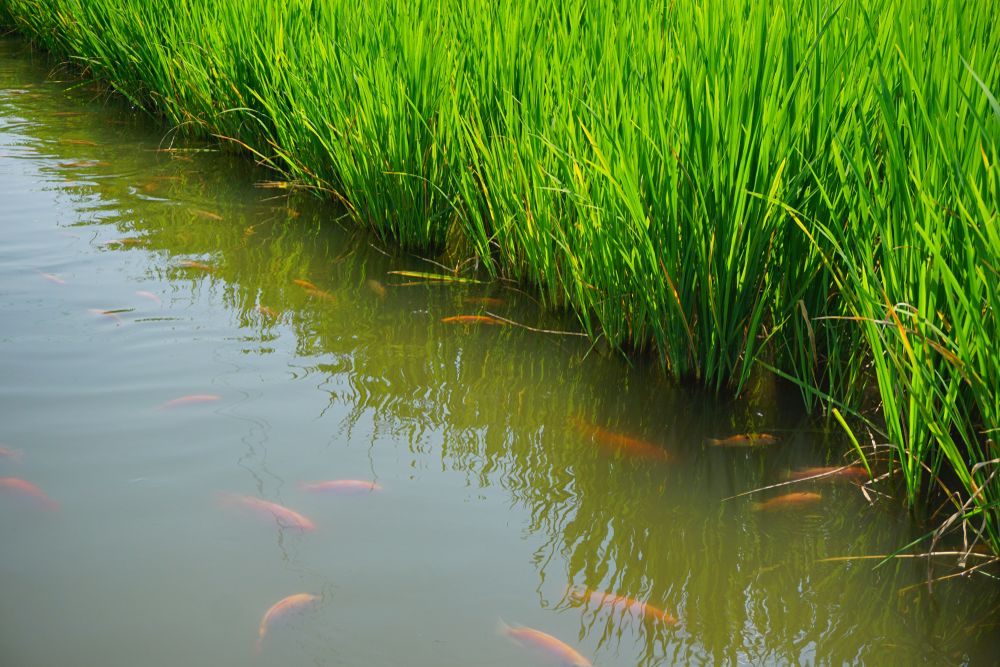
The practise of Mina Padi in Indonesia, where fish is raised alongside rice crop increase productivity and profitability.
This method can create a synergistic environment where the waste from one component becomes a resource for another. For example, livestock manure can be composted to provide fertiliser for the crops, and fish can be raised in ponds alongside crops, with the pond water used for irrigation and the fish waste feeding the plants.
In Malaysia, rice cultivation integration with fish farming can be increased. This practice could also improve water quality by reducing the need for chemical fertilisers and pesticides, leading to healthier ecosystems and reduced environmental pollution.
Organic farming focuses on using natural methods to grow plants and raise animals. It avoids chemicals and genetically modified crops, instead using crop rotation and combining fish farming with plant farming. This approach is different from conventional farming, which often uses synthetic fertilisers and pesticides that can harm the environment and might be bad for our health.
While organic farming offers numerous environmental and health benefits, its scalability and practicality for large-scale agriculture remain limited. While smallholder farms may benefit from the closer connection to local markets and premium prices for organic products, large-scale agriculture often requires high mechanisation, uniformity, and efficiency to meet global food demands. Hence, strategic combinations of organic and conventional techniques show higher potential to boost sustainable productivity gains in global agriculture.
Climate-smart agriculture (CSA) is an innovative approach to farming that helps deal with climate change while boosting crop production, strengthening farms, and protecting the environment. CSA includes various methods suited to local needs, such as planting trees alongside crops, using farming techniques that conserve soil, growing different types of crops, managing water better, and using crop varieties that can withstand tough climate conditions. Practices like improved livestock and manure management and cover cropping reduce greenhouse gas emissions from agriculture and act as carbon sinks, drawing CO2 out of the atmosphere. Precision farming utilises advanced technologies such as the Geographic Information System (GIS), Global Positioning System (GPS), sensors, and data analytics to precisely apply agricultural inputs based on real-time data on nutrient levels, crop health, soil conditions, and weather patterns.
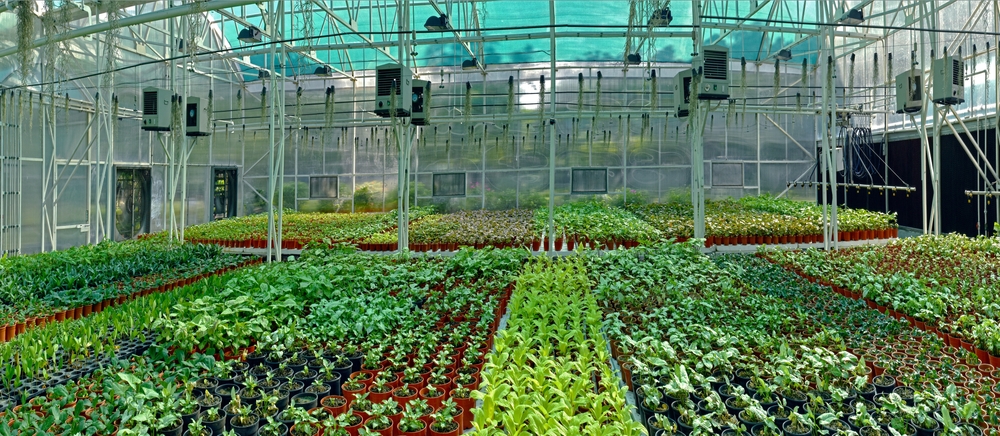
Precision farming utilises advanced technologies to precisely apply agricultural inputs based on real-time data on nutrient levels, crop health, soil conditions, and weather patterns.
Precision farming helps farmers adapt to changing climatic conditions, such as shifting rainfall patterns, water scarcity, and extreme weather events while minimising waste and environmental impacts by optimising resource use. In addition, adapting technology to produce contributes to CSA as the crops are engineered to possess traits such as drought tolerance, pest resistance, and increased nutrient content, making them better suited to withstand the challenges posed by climate change.
Lastly, we must improve our food distribution systems throughout the value chain by adapting post-harvest technology to reduce waste. It is estimated that 14% of global food production is lost between harvest and retail.
Food losses predominantly occur in developing countries due to various factors such as inadequate infrastructure, lack of access to modern technologies, poor post-harvest handling practices, and insufficient investments in the agricultural value chain. Investing in proper packaging and storage facilities, such as warehouses and cold-chain infrastructure, helps protect harvested crops from pests, spoilage, and environmental factors, extending their shelf life and reducing post-harvest losses.
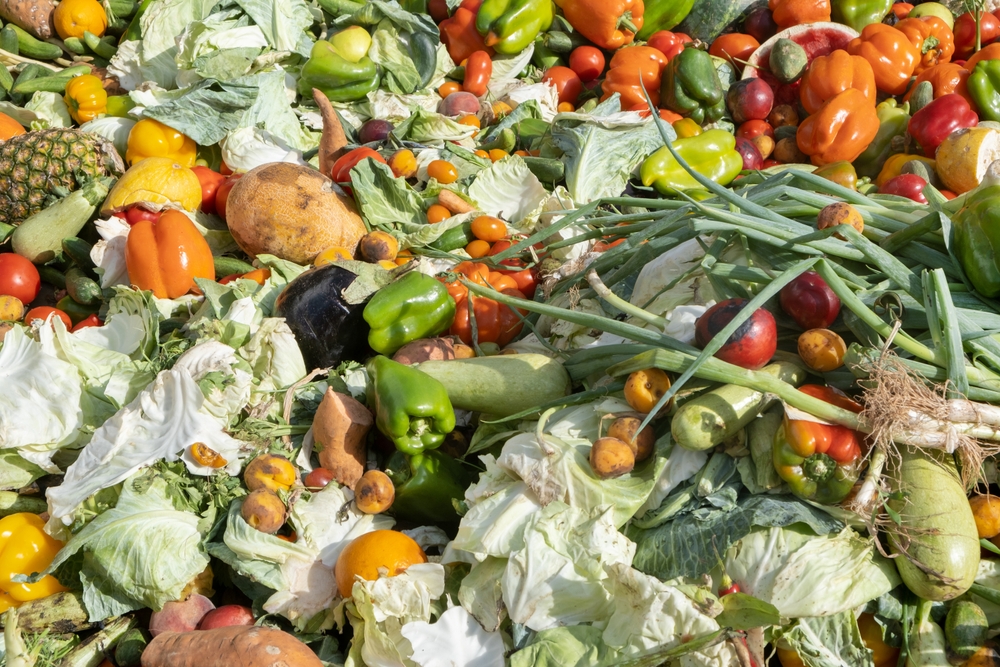
Food losses predominantly occur in developing countries due to various factors.
In conclusion, to sustainably feed the growing world population, we need to use various smart farming methods and better food distribution. The techniques mentioned above help increase productivity, resilience, and environmental health. Precision farming and genetically modified crops also offer ways to use resources efficiently and cope with climate change. However, we must invest in infrastructure, technology, and education to make the most of these methods. Using these strategies, we can build strong and sustainable farming systems that ensure enough food for future generations while protecting our natural resources and ecosystems.



